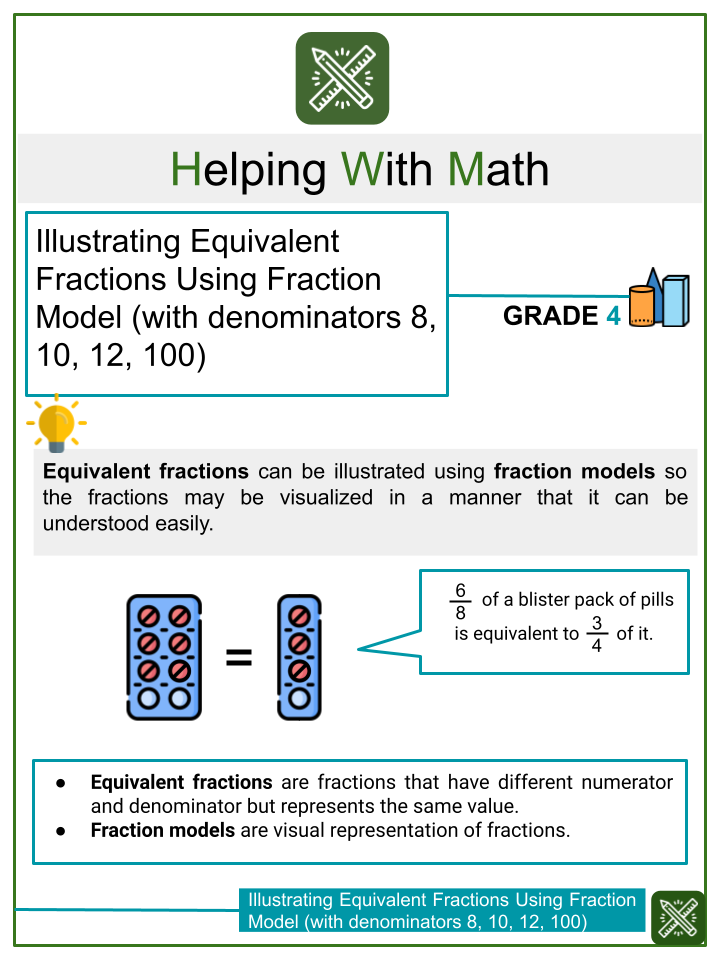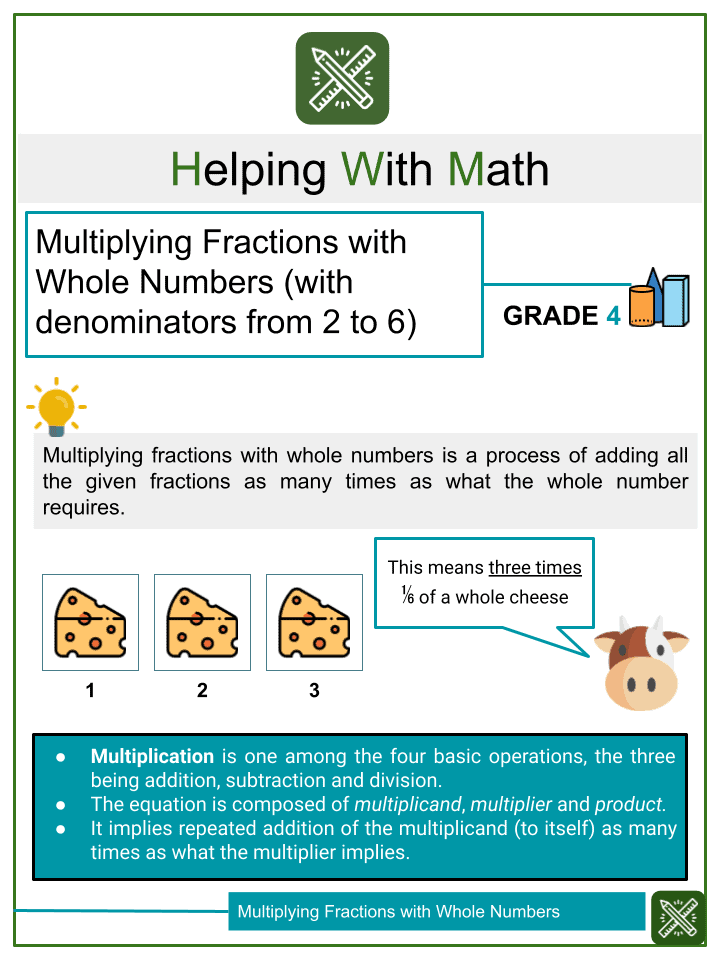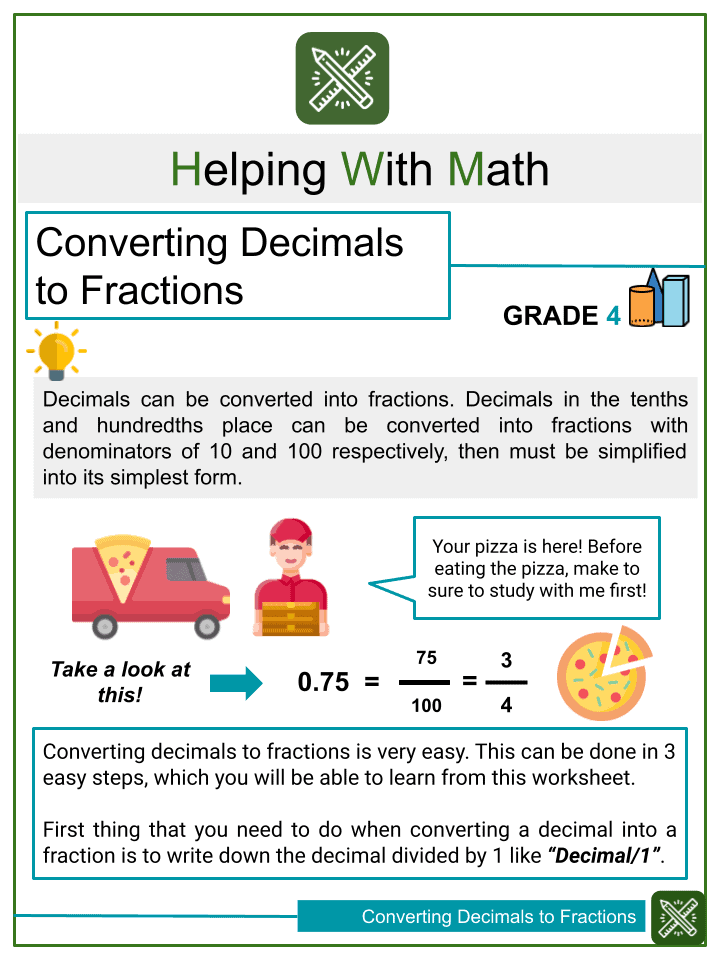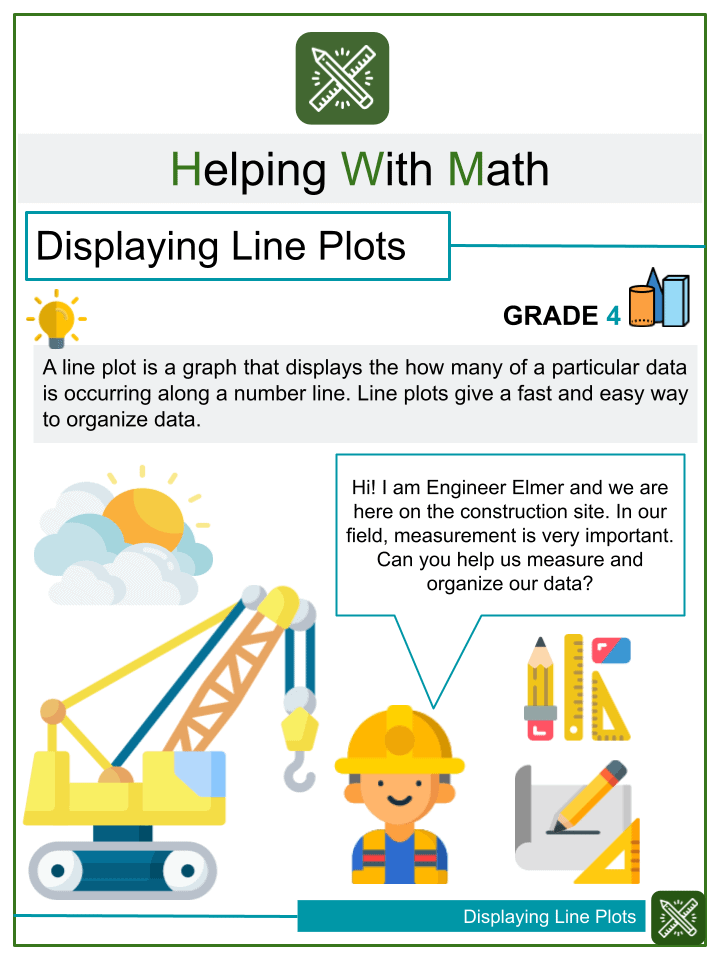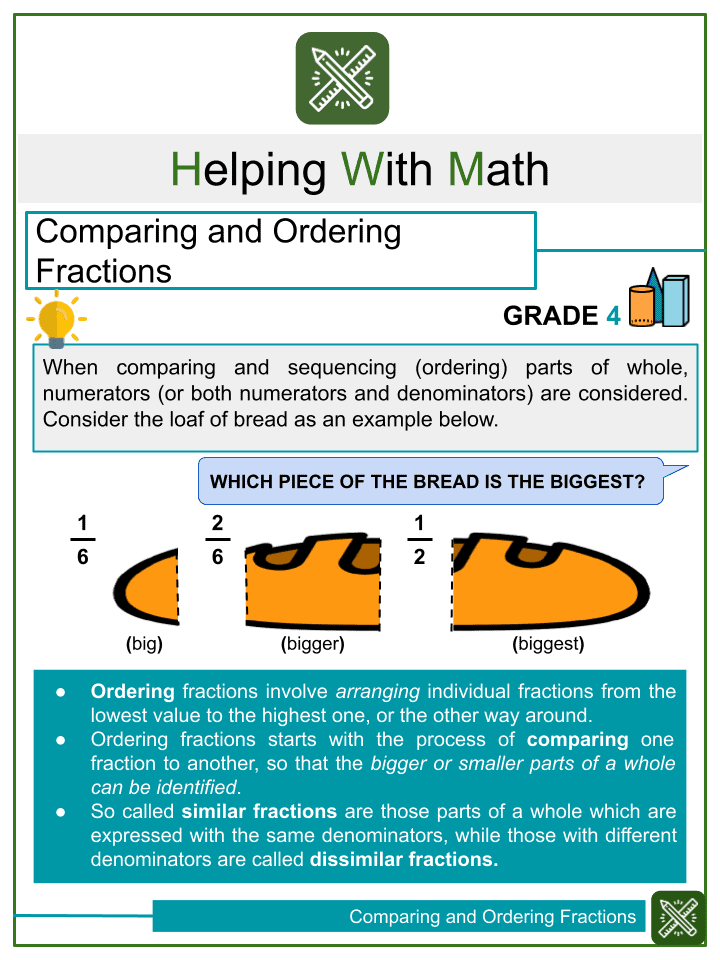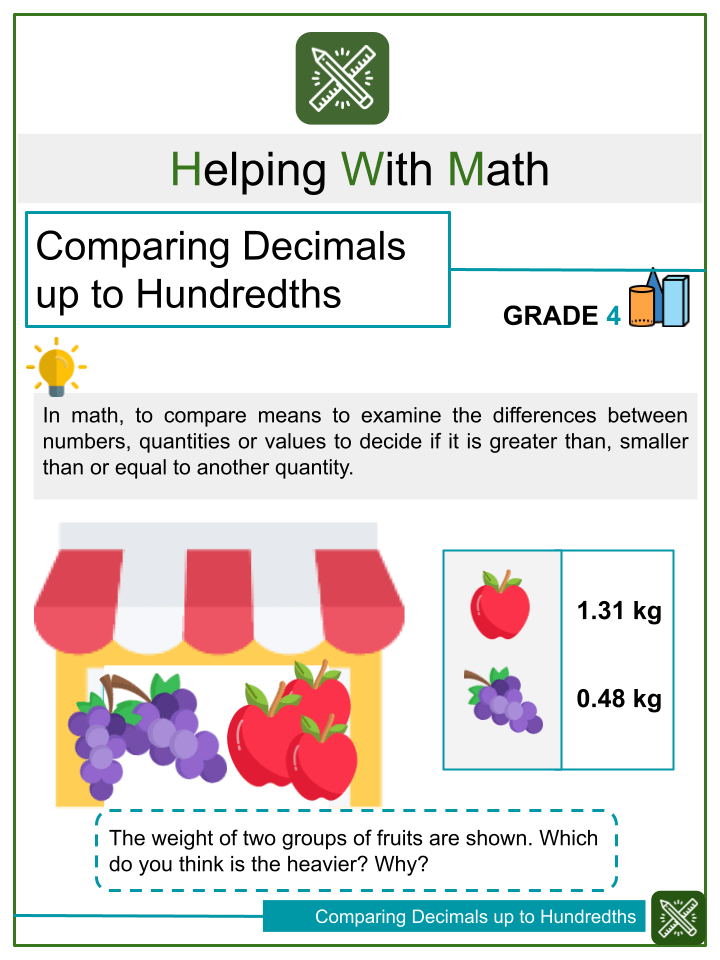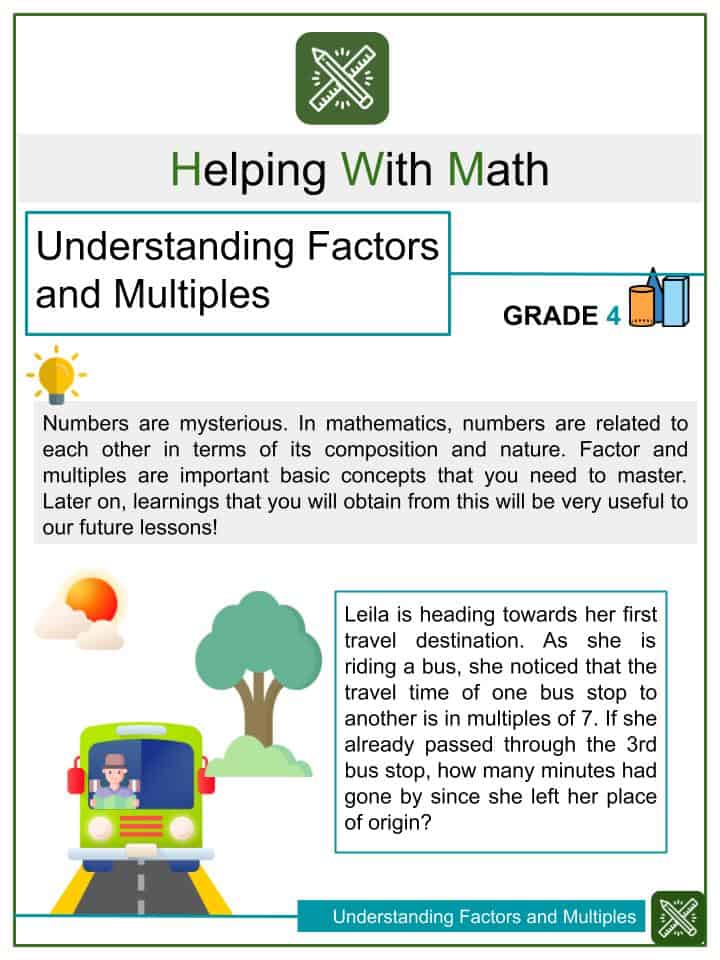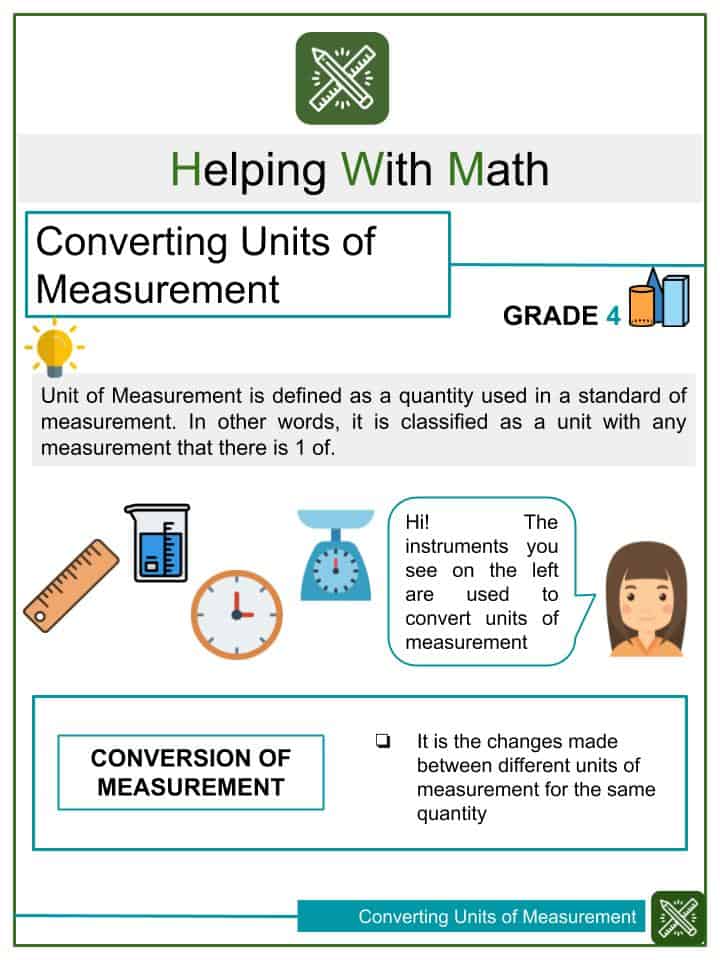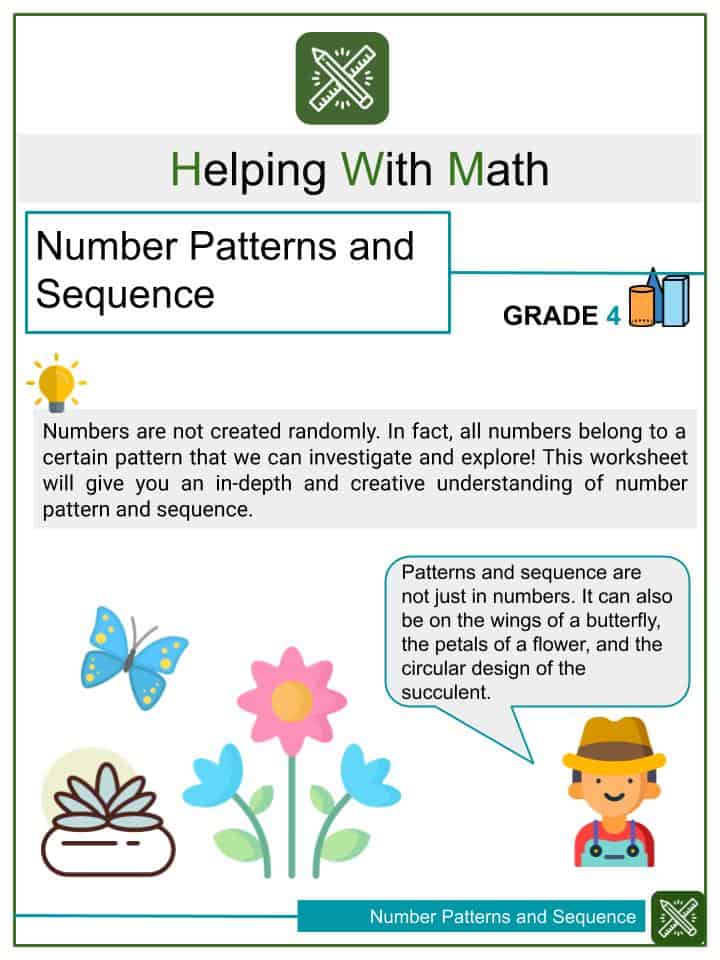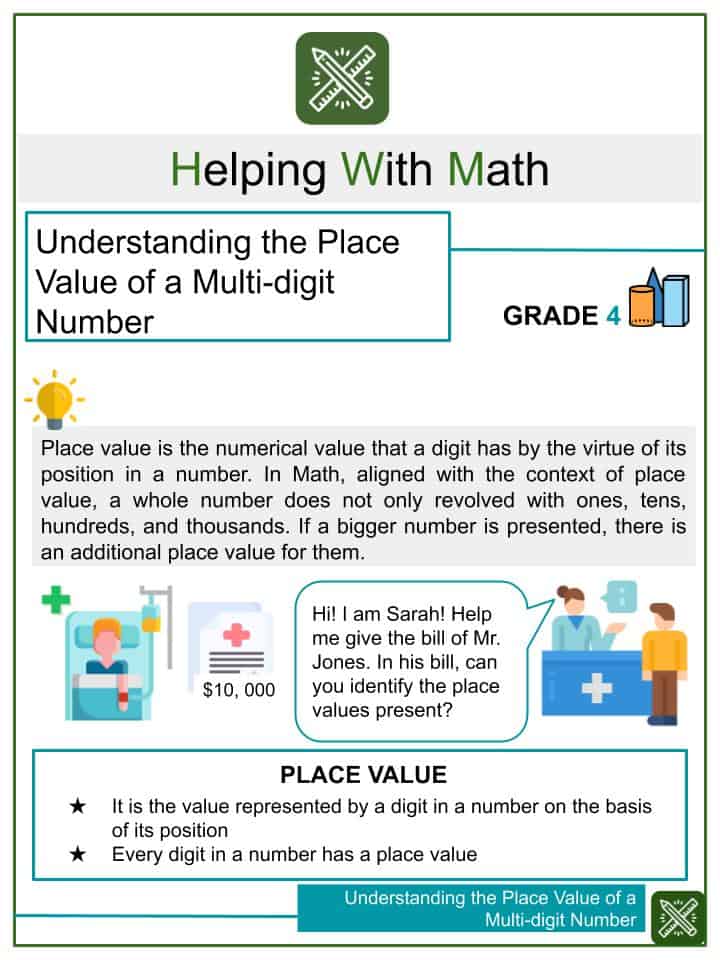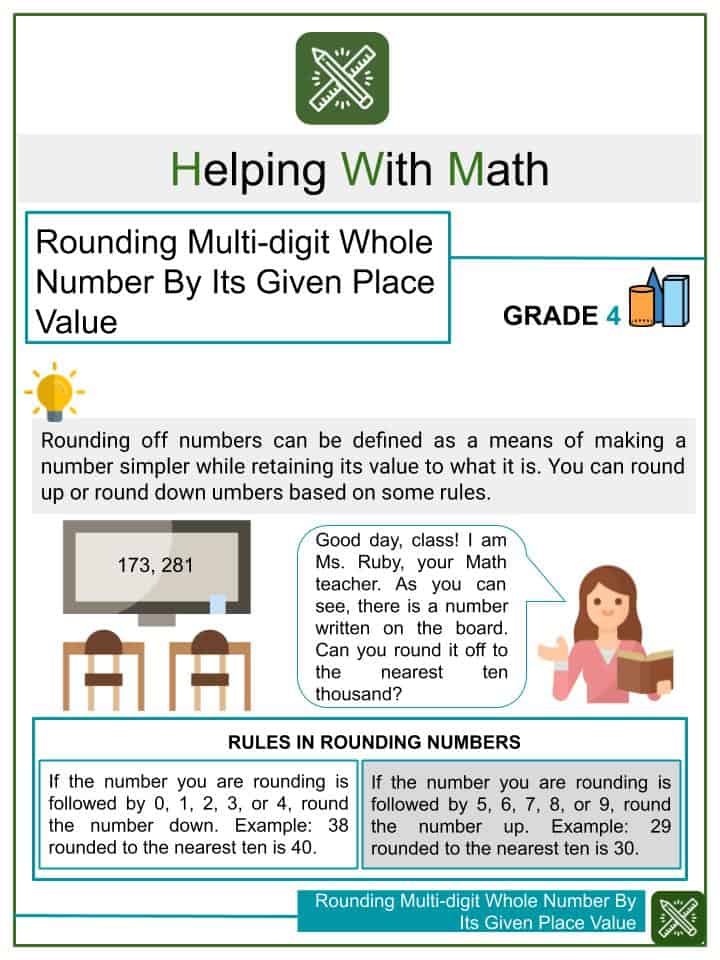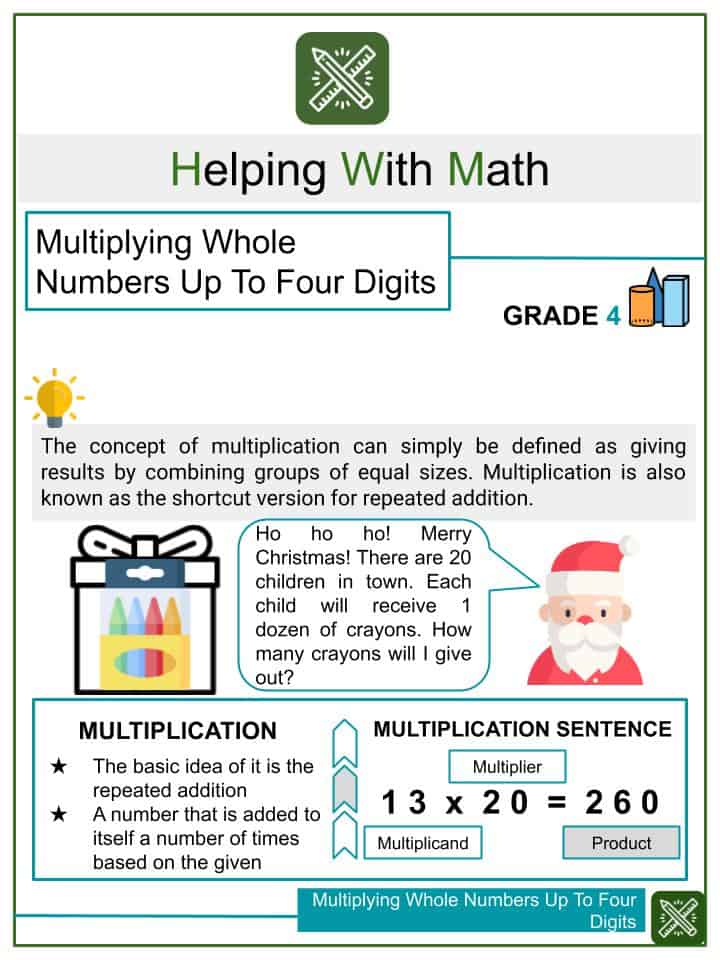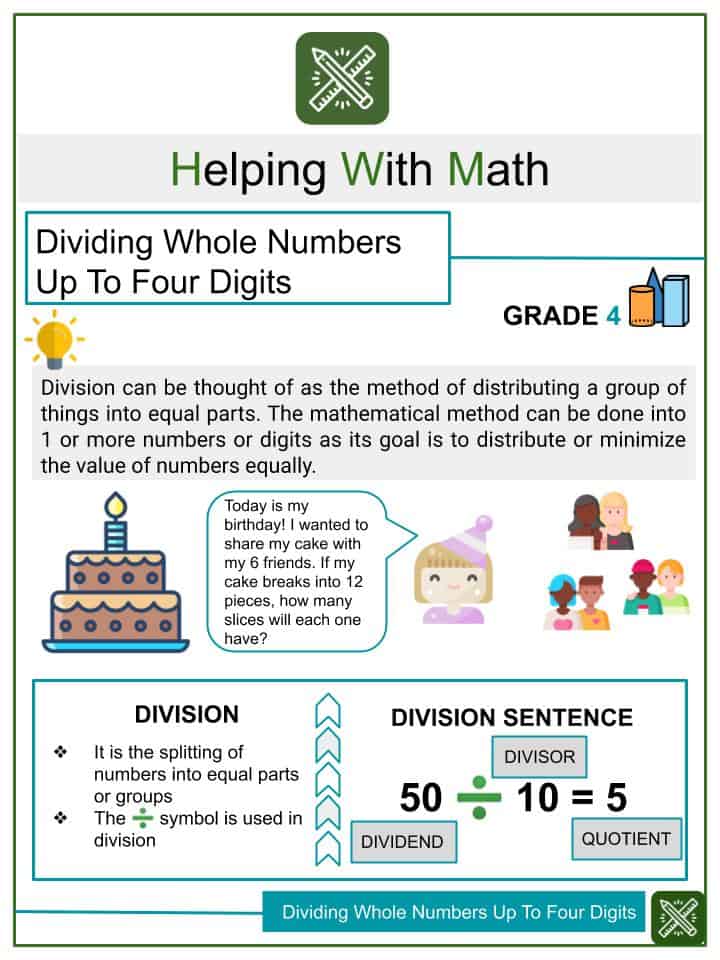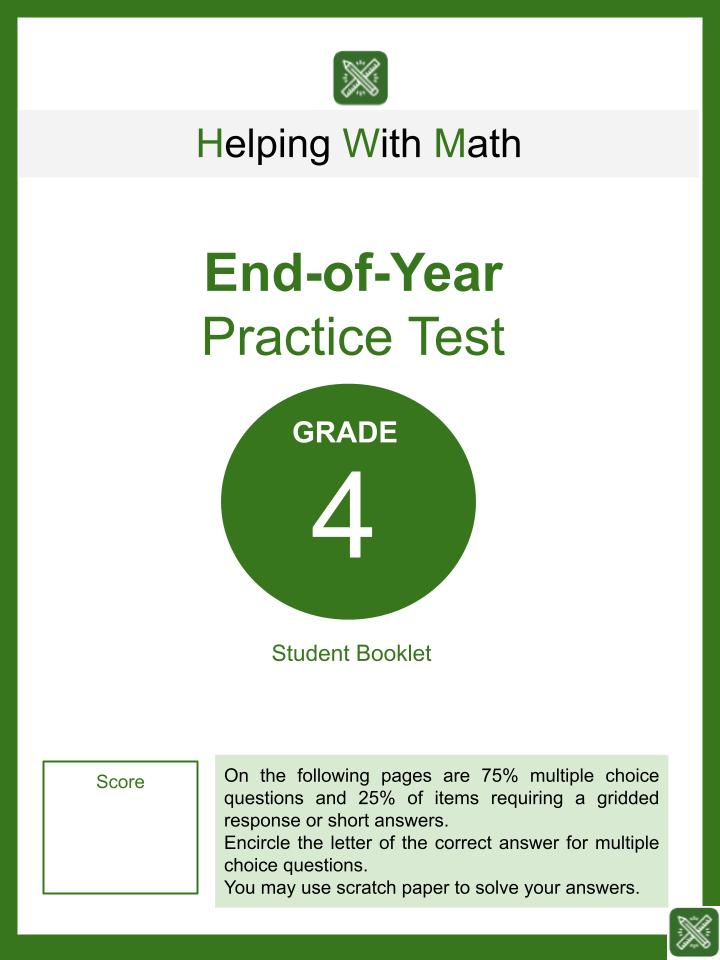4th Grade Math Worksheets
In this section, you can view all of our fourth-grade math worksheets and resources. These include common-core aligned, themed and age-specific worksheets. Perfect to use in the classroom or homeschooling environment.
We add dozens of new worksheets and materials for math teachers and homeschool parents every month. Below are the latest grade 4 worksheets added to the site.
4th Grade Common Core Aligned Learning Objectives & Standards:
Learning objectives:
In Grade 4, instructional time should focus on three central areas: (1) establishing understanding and fluency with four basic mathematical operations of whole numbers with more emphasis on multi-digit multiplication, and developing an understanding of dividing to find quotients involving multi-digit dividends;
(2) developing an understanding of basic concepts of equivalent fractions, as well as operations of fractions that involve addition and subtraction of fractions with like denominators, and multiplication of fractions by whole numbers;
(3) understanding that geometric figures can be analyzed and classified based on their properties, such as having parallel sides, perpendicular sides, particular angle measures, and symmetry.
Skills to develop:
a. Conceptual skills
- Learners develop their understanding of place value up to millions and make meaning by understanding the relative sizes of numbers in each place.
- They are approaching proficiency in understanding equivalent fractions and its operation. They must identify that two different fractions can be equal (e.g., 30/18 = 15/9), and they create methods for generating and recognizing equivalent fractions.
- They provide examples of decimal notation for fractions, and compare decimal fractions.
- They explain the basic concepts of factors and multiples. They must explain the difference and similarities of these two concepts and how it can be so useful in simplifying fractions.
- Learners describe, analyze, compare, and classify two-dimensional shapes using the absence or presence of lines and angles.
- They describe what an angle is and differentiate the types of angles based on its measurement.
b. Procedural skills
- They make use of their understanding of models such as equal-sized groups, arrays, area models for multiplication and division, place value, and properties of operations to compute products and quotients of multi-digit whole numbers. They create their own methods or strategies to estimate or mentally calculate the answers.
- They develop fluency with efficient procedures for multiplying and dividing multi-digit whole numbers; understand and explain why these strategies work in relation to their place value and properties of operations; and use them to solve problems.
- They select and accurately apply appropriate methods to estimate and mentally calculate quotients, and interpret remainders based upon the context.
- They should be able to combine the learned concepts of four basic mathematical operations to generate and analyze patterns.
- Show through accurate computation how understanding of place value and its properties of operations can be used to perform multi-digit arithmetic.
- Students make use of their previous understanding about how fractions are built from unit fractions, composing fractions from unit fractions, decomposing fractions into unit fractions, and using the meaning of fractions and the meaning of multiplication to multiply a fraction by a whole number.
- Solve problems involving measurement and conversion of measurements from a larger unit to a smaller unit. As well as to represent and interpret data.
- They are expected to show proper ways to measure angles by analyzing an illustration and using a protractor.
- Showing the basic understanding of the concepts of two-dimensional shapes through building, drawing, and analyzing. They practice deep understanding of properties of two-dimensional objects and use them to solve problems involving symmetry. Draw and identify lines and angles, and classify shapes by properties of their lines and angles.
c. Life skills
- In fourth grade, learners are exposed to learning multi-digit numbers, basic fraction, and decimal notations. These concepts are useful in their daily lives such as supermarket transactions, cooking, baking, and money.
- Learners are expected to grasp the importance of fair share, savings, exact and accurate measurement. By doing so, they will begin to understand thriftiness, time management, honesty, and fairness.
- They will also become more thinkers and doers because they are trained to create visual models and interpret data to make sound decisions.
